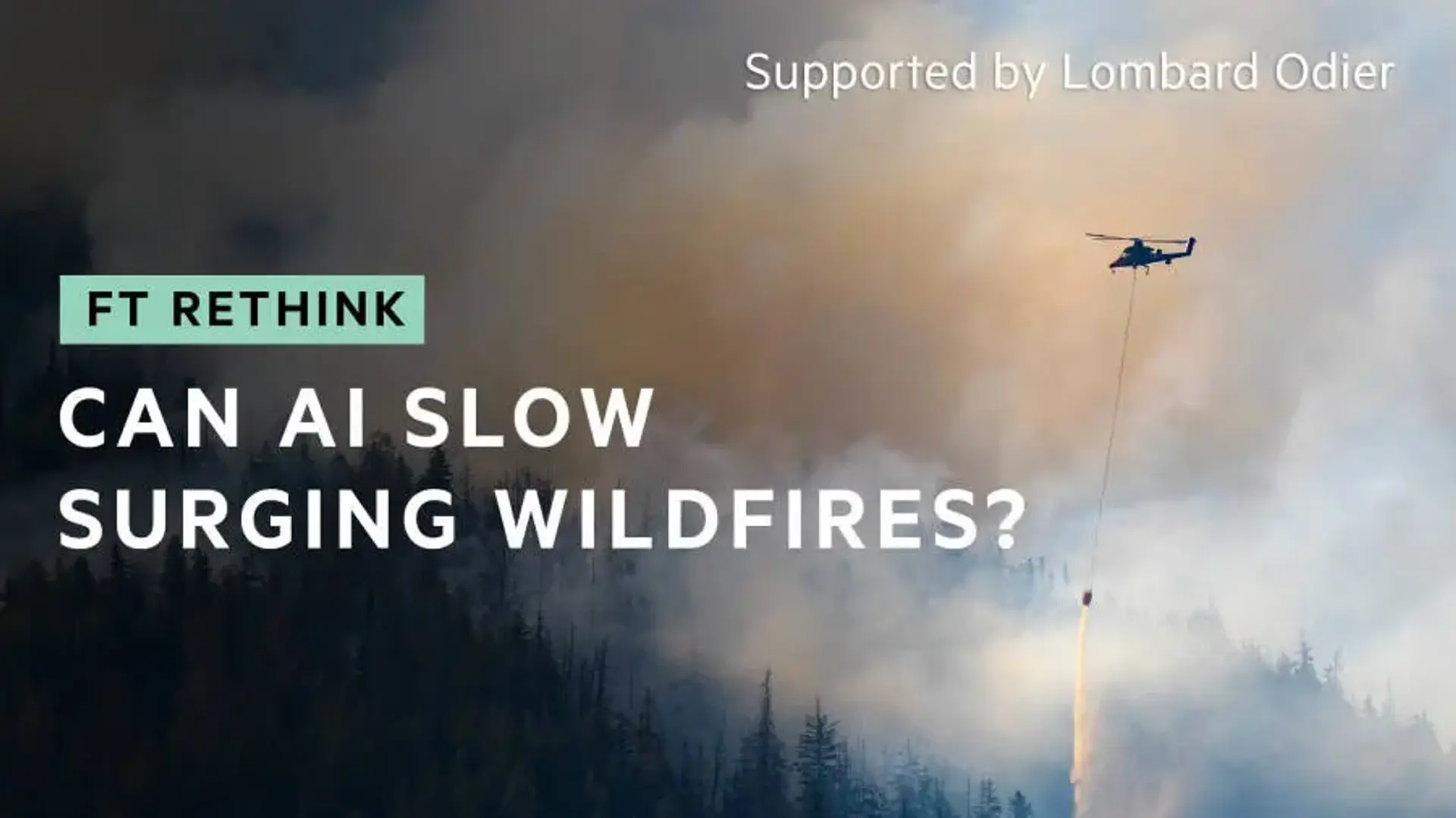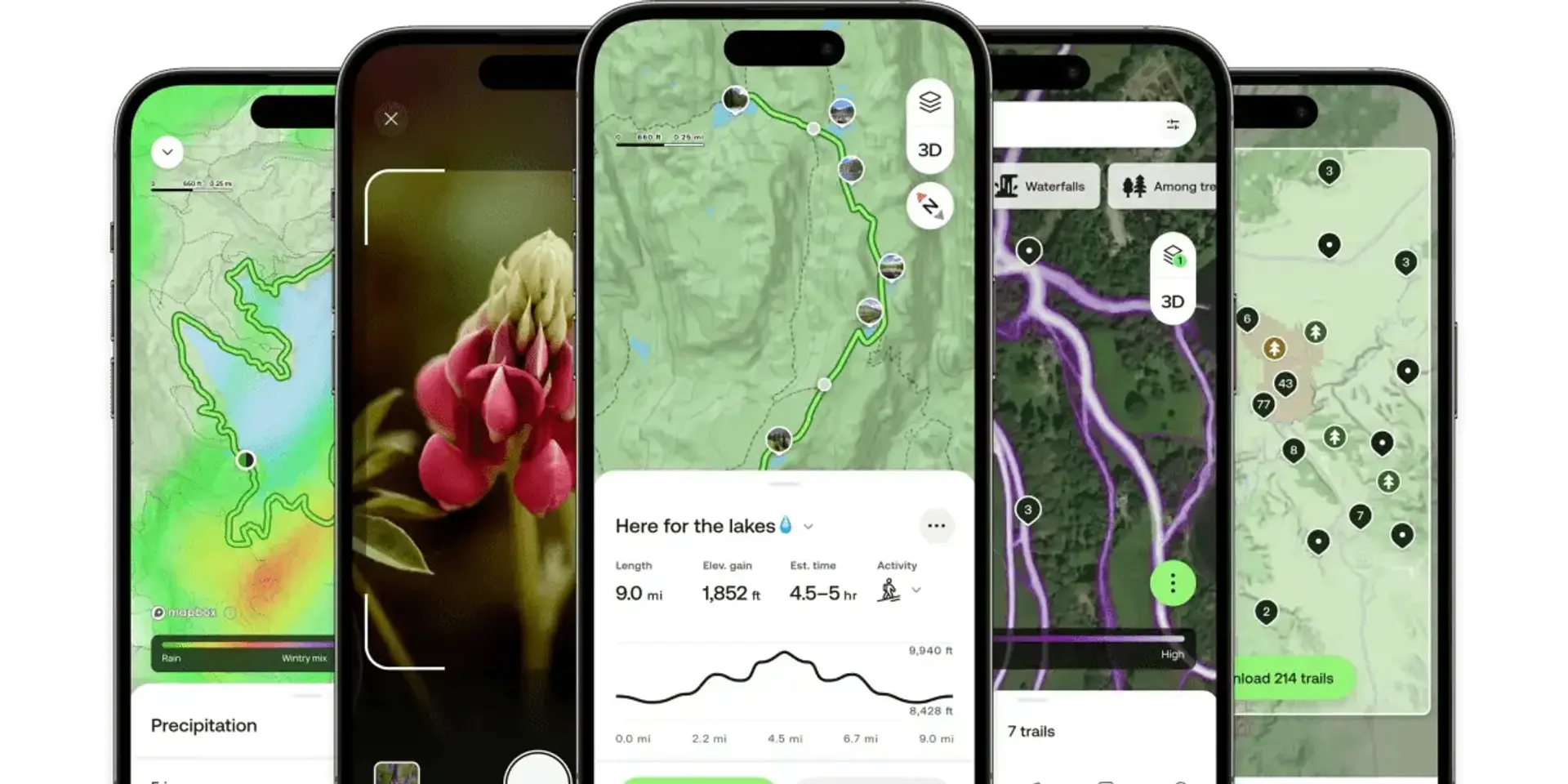As wildfires intensify globally, authorities are deploying AI-driven technologies to combat them. These tools range from space-based detection systems to high-definition camera stations enhanced with AI. The goal is to improve early detection and response times, helping to manage and contain these increasingly frequent and severe blazes. However, despite these technological advancements, challenges remain in keeping pace with the escalating threat of wildfires, suggesting a need for continued innovation and broader strategies.
AI's role in wildfire management includes analysing vast amounts of data to predict fire behaviour, optimise resource allocation, and guide firefighting efforts. Space-based detection networks offer a wide-area view, identifying potential fires in remote locations. High-definition camera stations provide detailed, real-time monitoring, enabling rapid assessment and response. These technologies aim to enhance situational awareness and decision-making for fire management teams.
Despite the promise of AI, the increasing scale and intensity of wildfires pose a significant challenge. Factors such as climate change, land management practices, and human activity contribute to the growing risk. While AI can improve our ability to detect and respond to fires, a comprehensive approach that addresses these underlying factors is essential for effective wildfire management.




